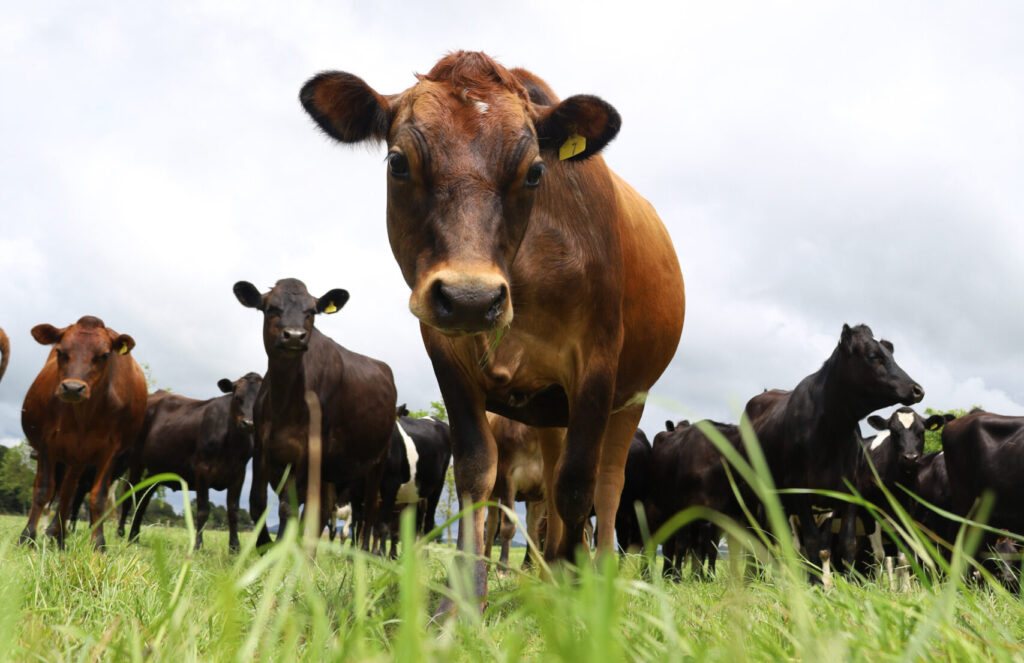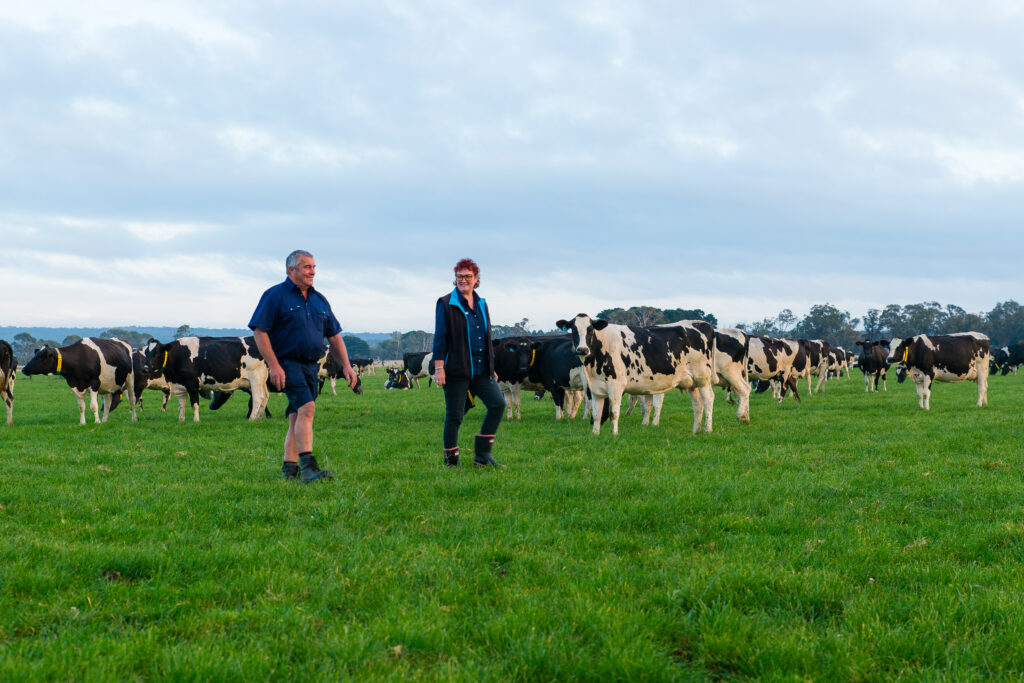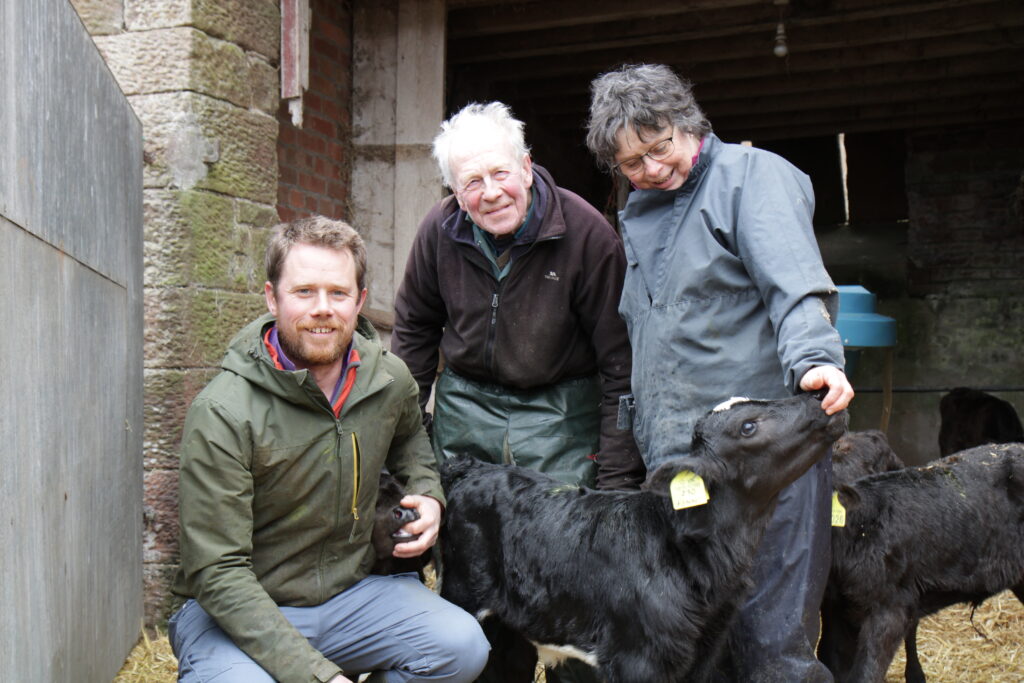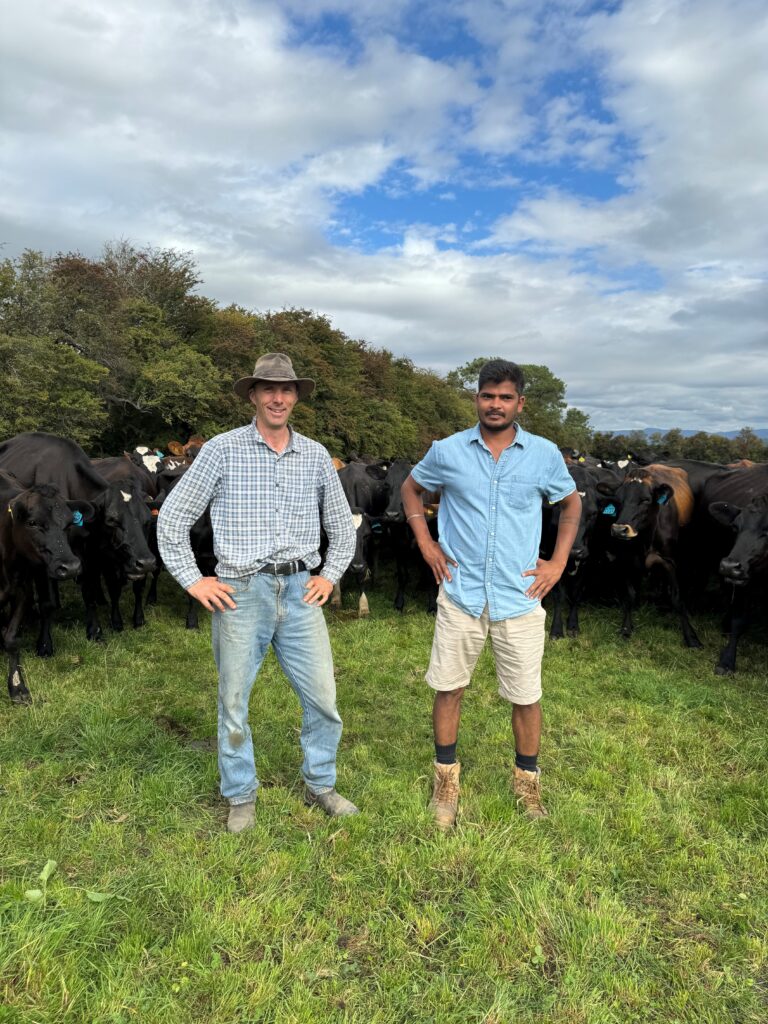By Joyce Voogt, LIC international technical manager, and Christine Couldrey, LIC senior scientist (molecular genetics).
Inbreeding is the result of a mating between close relatives.
The more closely related two parents are, the more DNA they will have in common, and the more inbred their offspring will be.
Father daughter mating = 25% inbred
Half sibling mating (son over father’s daughter) = 12.5% inbred
Why?
- A degree of genetic diversity is healthy, as can be seen with heterosis, which delivers better performance than the genetic merit predictions (known as hybrid vigour).
- Inbreeding increases the chance of homozygosity.
Homozygosity increases the rate at which recessive traits are noticed. This is particularly important for genes with harmful variants such as BLAD and CVM. Animals carrying one copy of the harmful DNA variation and one of the normal DNA are heterozygous and will be healthy. Animals with two copies of the harmful variation are homozygous and will die.
The more shared DNA the parents have, the more likely the progeny are to have high levels of homozygosity across the genome.
The result is that inbreeding can negatively impact the performance of cows for production and non-production traits.
Impacts of inbreeding
Inbred animals generally:
- produce less
- are less fertile
- are less healthy
- don’t live as long.1
They are more likely to suffer from the impact of recessive genetic defects.2
The measured losses of inbreeding are known as inbreeding depression and the costs are real. It is estimated to cause around 0.1% production loss per 1% of inbreeding, with a decline in fitness traits as well.1
An American study found that every 1% of inbreeding cost 25 kg of milk yield in US Holsteins. Other effects that reduce animal performance can also occur, such as a 0.2-day increase in calving interval per 1% increase of inbreeding. 2, 3
How common is inbreeding?
- The inbreeding level in the New Zealand national dairy herd is around 1-3%. (Source: LIC, 2017)
- Internationally inbreeding is increasing and is monitored. 2
- Experts recommend keeping inbreeding percentage below 6.25%. 2
Parentage errors are likely to be contributing to inbreeding in New Zealand dairy herds. An average of 23% of animals are misidentified to sires according to one study. 3
The issue also exists around the world where reported figures include 5-25%, and 10-13%. 4
What can you do?
LIC is proactive in helping reduce parentage identification errors and inbreeding in your herd by carefully selecting and verifying the parentage of the bulls in our breeding programme. We always aim to supply a wide range of bulls to optimize the genetic diversity of your herd.
Avoid inbreeding by:
- keeping high quality herd records
- ensuring parentage accuracy of replacement heifers
- only keeping daughters of AI sires (who will be backed by verified ancestry information)
- utilising tools regarding breeding options to avoid inbreeding.
Use our Inbreeding Calculator to help reduce the risks of inbreeding in your herd.
References:
- Bryant, J. Inside Dairy, February 2017. DairyNZ ®: Hamilton, New Zealand
- Miglior, F. 2000. Impact of inbreeding- Managing a declining Holstein gene pool. Proc. 10th World Holstein Friesian Federation Conference,Sydney, NSW, Australia 108-113
- Bryant J (2013, July) herd records not always a mating reality. Retrieved from https://www.dairynz.co.nz/news/latest-news/herd-records-not-always-a-mating-reality/
- Banos, G.., Wiggans, G.R.,& Powell, R.L. 2001. J. Dairy Sci. 84:2523-2529



